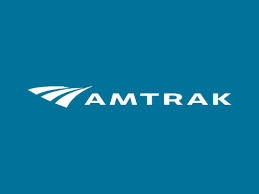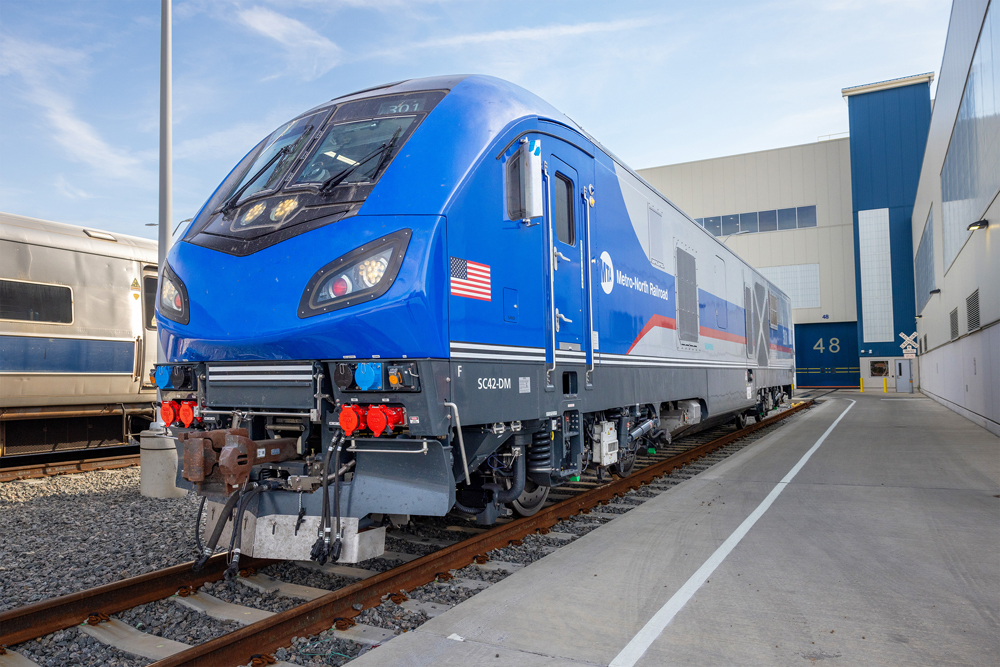WASHINGTON — Amtrak has difficulty in identifying and addressing issues of drug and alcohol use among its employees, “a longstanding challenge for the company,” Amtrak’s Office of Inspector General says in a new report.
The report issued Wednesday summarizes the following issues with the company’s program for employees in “safety-sensitive positions:”
— Testing requirements were not consistently followed. Calling company oversight “weak,” the report notes that of 783 locomotive engineers employed between 2014 and 2016, 33 never had an annual drug test, and 448 had fewer than the three required drug tests. This reflects the lack of an “effective procedure for tracking and monitoring” tests to make sure employees were meeting their requirements, the report says.
— Testing data was not collected efficiently. Paper forms, rather than a digital record, was used to record testing information; information on some forms was illegible, and others were missing entirely.
— Testing databases were incomplete. Some 107 of 4,943 employees in safety-sensitive positions were not included in the database used to select individuals for random tests. Those employees were, therefore, able to work without being subject to testing.
— Many supervisors were not trained on how to detect impairment. Only 45 of 196 supervisors of employees in safety-sensitive positions had completed the company’s had completed the required training on detecting drug and alcohol use.
— Oversight of prescription drug use was limited. Employees are supposed to report any use of prescription medicine to Amtrak’s Human Resources department, which then assesses if the medication is “compatible with the duties of each employee.” The Inspector General’s analysis indicated a “significantly low” level of reporting by employees. An HR official noted that “because self-reporting is an inherently weak control, the company has no way of ensuring that all employees reported their prescription drug use.”
The report recommends that Amtrak create a reliable procedure to track drug testing, move to digital record-keeping of testing information, ensure its database includes all employees, establish a system to ensure supervisors are properly trains, and introduce new procedures to encourage employees to report their prescription drug use.
Amtrak’s issues with drug and alcohol use came to the fore in a 2016 accident at Chester, Pa., that killed two employee. In that accident, both maintenance employees who were killed had drugs in their system, as did the engineer operating the locomotive, although the National Transportation Safety Board could not determine if drug use was a factor in the accident [See “NTSB report: ‘Culture of fear’ present at Amtrak for 2016 accident,” Trains News Wire, Nov. 14, 2017].
The complete Inspector General report is available here.















Amtrak I want no one on the trains or in Union Station until they have taken a full physical. Which means for males prostate inspection, eye check, node inspection, and the drug test. females and stewardess need a breast inspection, smear test, and the drug test and each member of the crew must piss in a bucket and there can not be any drugs in their fluids. Failure to comply will mean every member of Amtrak and the board will be terminated no questions asked. We don’t allow drugs or alcohol on the trains or in Union Station anyone in possession will terminated.
The FRA drug testing requirements don’t demand each employee be tested each year. Is there an annual test required? That is counter to the concept of “random’. The details of each of the missed employees need to be investigated since that is a tiny number in a large group that has many coming and going from the list. I would bet that most of the “errors” are changes in employment.This sounds bad; but any administrative nightmare like drug testing is so complex that it will be difficult to audit.
Every 30 days for Train Crews and random for everyone else. Simple right?
This is a shock & surprise, figured they would be on top of this. Most everyone remembers the terrible accident when Conrail pulled out in front of Amtrak train and the crew of Conrail were found to be drug impaired. So that should have been a red flag for Amtrak to stay on top of this stuff since they had people hurt and killed in this wreck.
Wait, so Amtrak is just like other government agencies when it comes to tracking drug testing amongst employees. I know other agencies where some employees have been tested multiple times in the same years and others have only been tested once in a dozen years. Paper record keeping is normal for the Federal government, I believe it’s practically a requirement because of the time needed to keep records in storage. As for the prescription drug reporting, that has to remain voluntary regardless of position.
So much for Amtrak’s “Pravda-like” hype how it was committed to building a safety culture, after the NTSB unequivocally called out Amtrak after the Chester, PA and DuPont, WA accidents.
What does it take for Amtrak to take safety seriously? Perhaps if its Board of Directors actually had experienced railroaders as members, along with representation from labor. Of course, if Amtrak did not act as such a protected monopoly, perhaps Congress would also intervene, not only to mandate a safety culture, but also, to promote competition in rail passenger services. Even with the acquisition of airlines in the USA, we still have a choice; who would pick an airline with a substantially worse safety record?
Ironically, with the Board’s mandate strictly on cost-cutting, we find management’s focus on getting their bonuses by cutting costs; not embracing a safety culture.